Human Re-ID Meets LVLMs: What can we expect?
We compare the results due to ChatGPT-4o, Gemini-2.0-Flash, Claude 3.5 Sonnet, and Qwen-VL-Max to a baseline ReID PersonViT model, using the well-known Market1501 dataset.

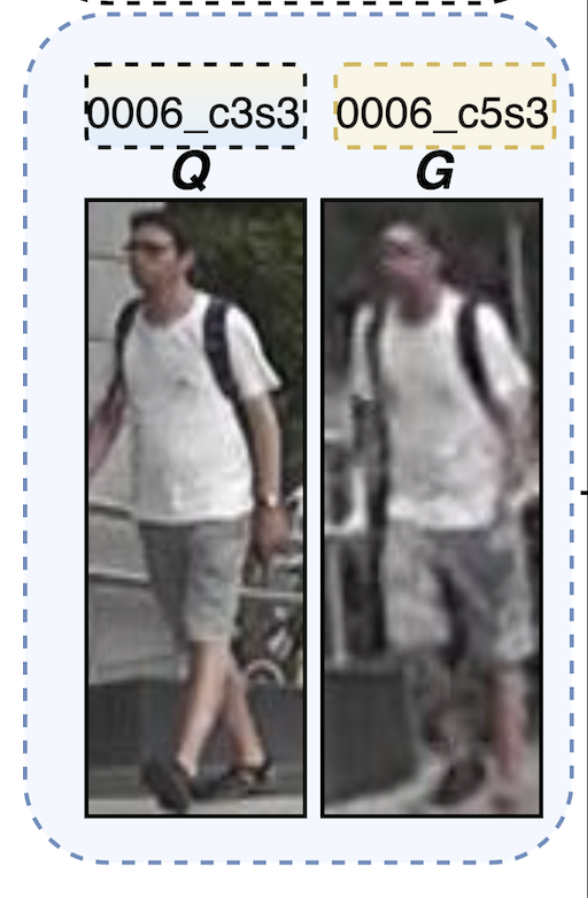
We compare the results due to ChatGPT-4o, Gemini-2.0-Flash, Claude 3.5 Sonnet, and Qwen-VL-Max to a baseline ReID PersonViT model, using the well-known Market1501 dataset.
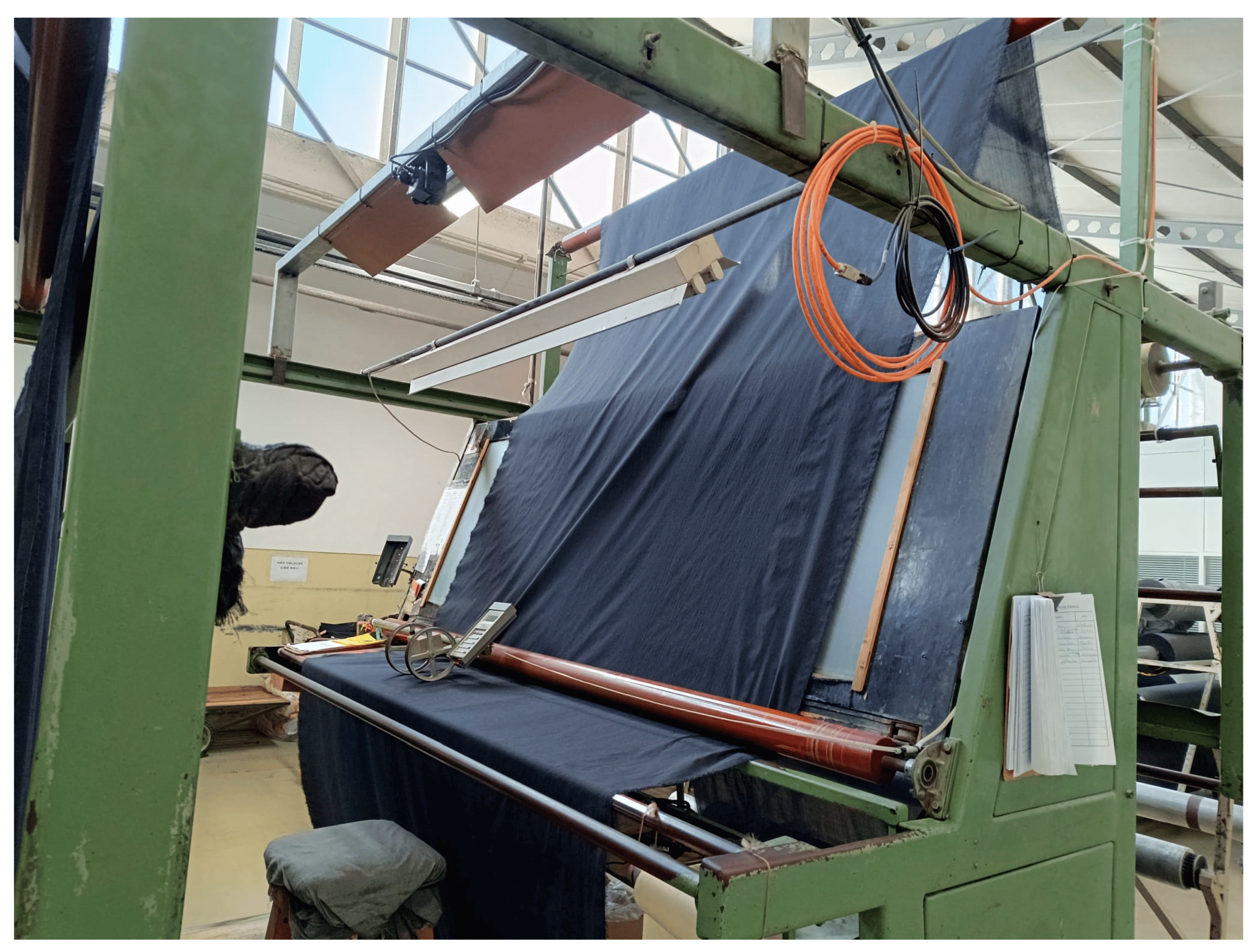
A survey of recent computer vision approaches.
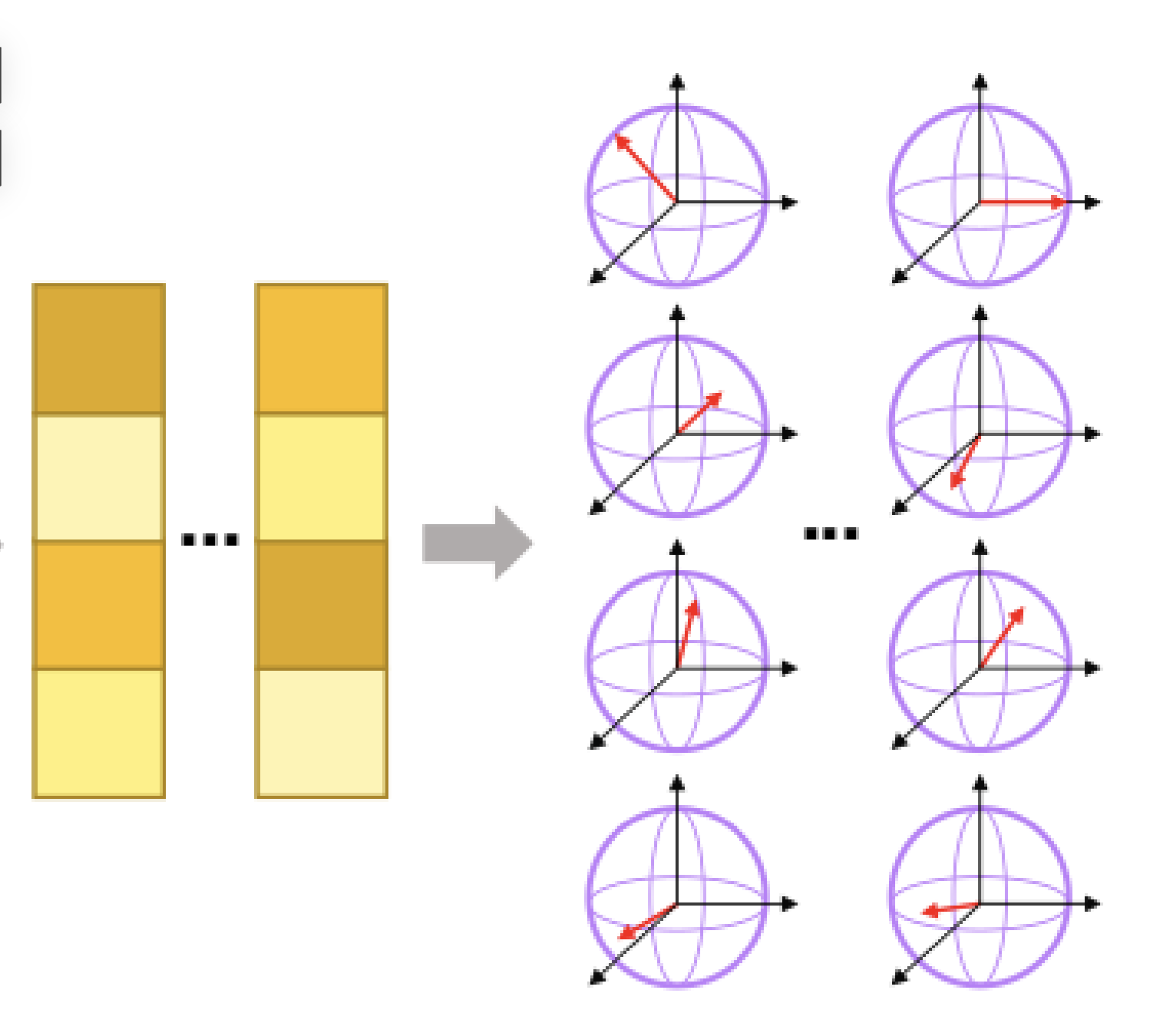
This study investigates the performance of the Laplacian-based Quantum Semi-Supervised Learning (QSSL) method across four benchmark datasets -- Iris, Wine, Breast Cancer Wisconsin, and Heart Disease.

In this paper, we introduce a novel dataset comprising a diverse selection of fabrics and defects from a textile company based in Portugal.
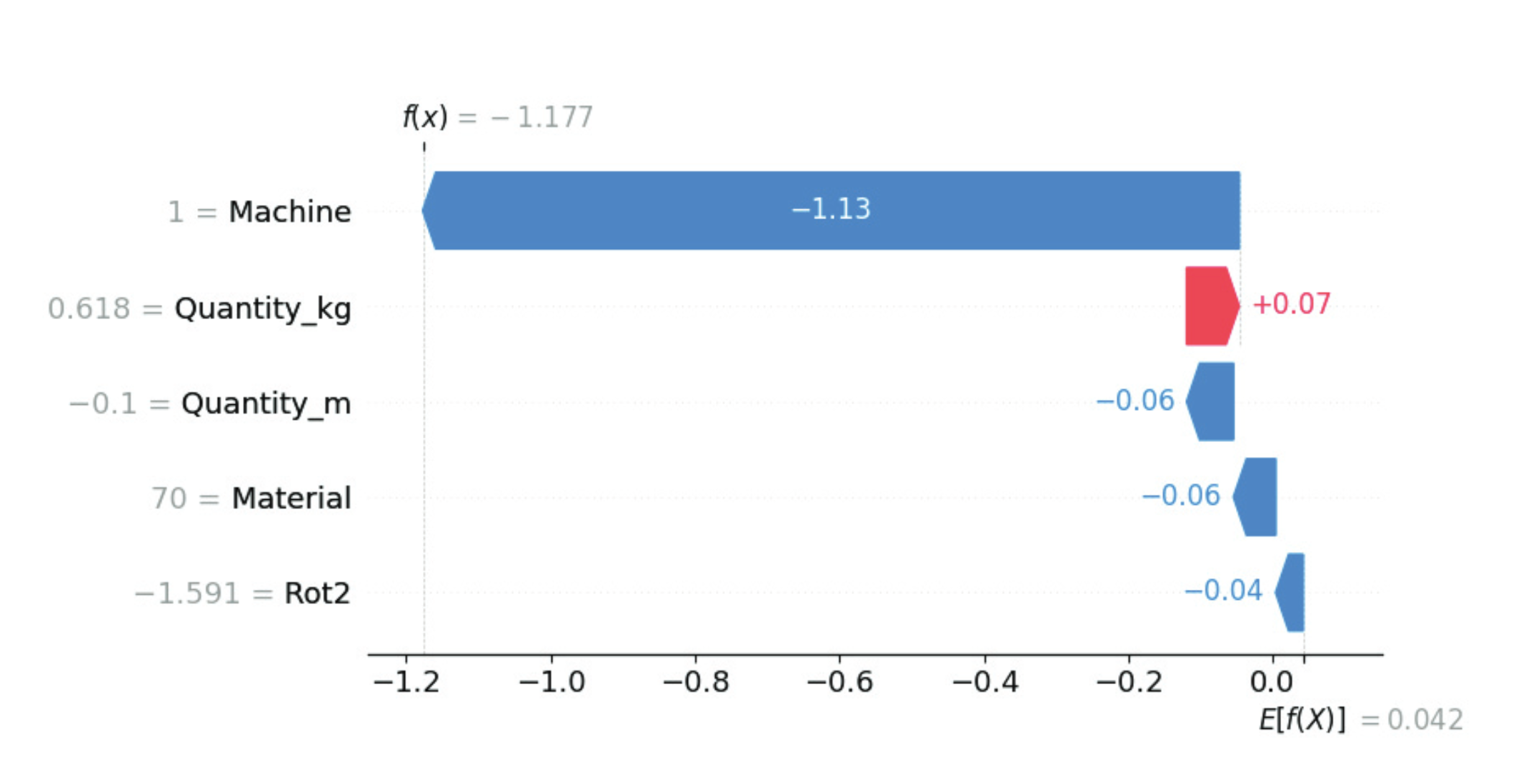
We demonstrate the system's efficacy using a dataset from a textile company, where our application successfully predicted the target variables with a high level of R-squared of 0.78, using the best regression model.
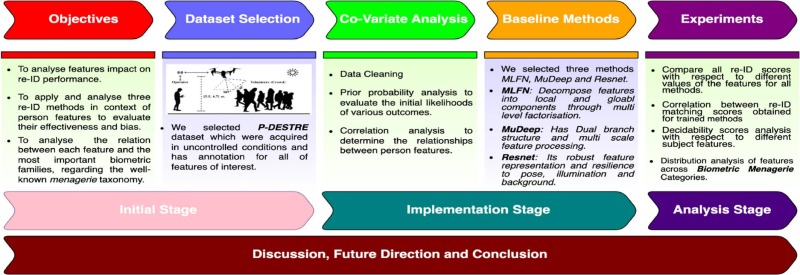
We announce the results of an analysis about the subject features that provide the largest variations in re-id performance.
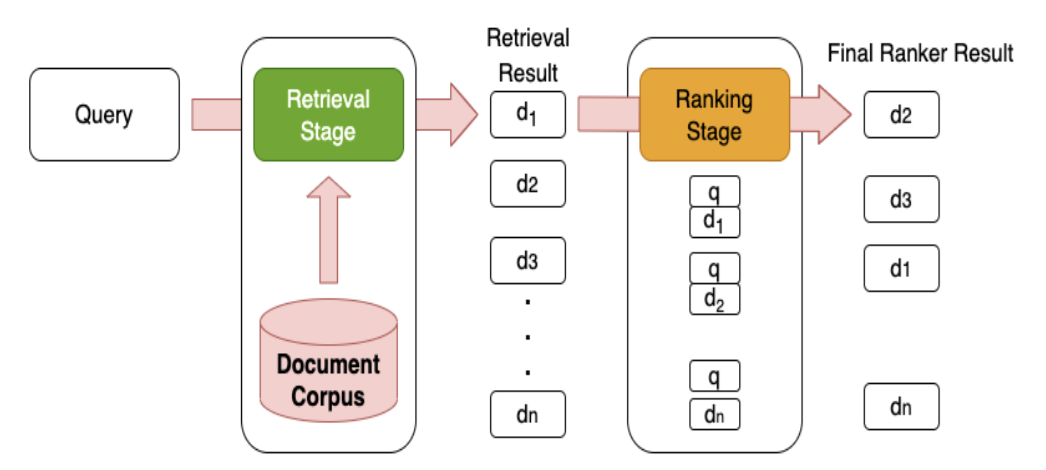
We delve into the historical development of these models, analyze the key advancements and breakthroughs, and address the challenges and limitations faced by researchers and practitioners in the domain.
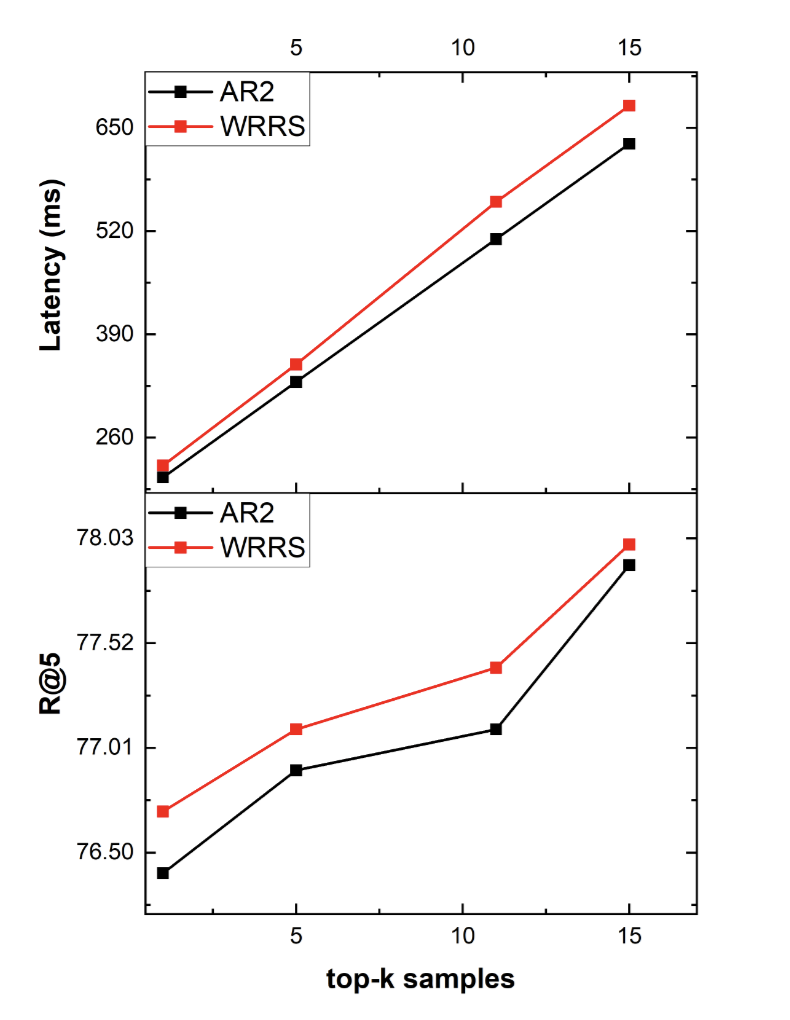
n this paper we present a new approach for dense text retrieval (termed WRRS: Weighted Rank-Relevance Sampling) that addresses the limitations of current negative sampling strategies.
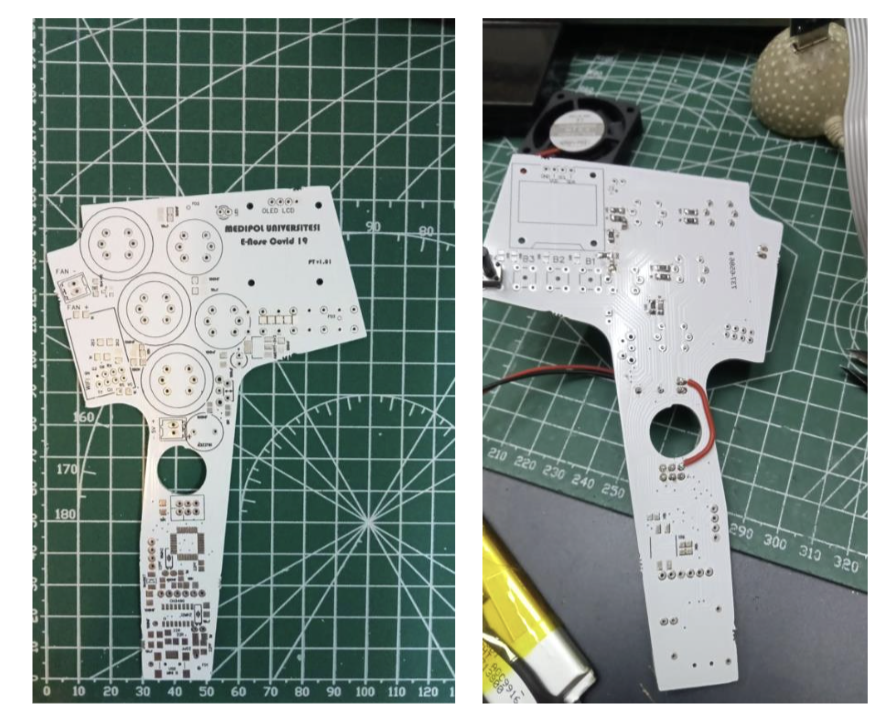
This study aims to develop a point-of-care testing (POCT) system that can detect COVID-19 by detecting volatile organic compounds (VOCs) in a patient's exhaled breath using the Gradient Boosted Trees Learner Algorithm.

The main objective is to hunt for classification of the customer’s behavior patterns. Artificial neural network (ANN) model was applied over customer’s dataset to forecast the customer’s purchasing patterns.

This study has made an attempt for the implementation of data analytics over the shared data set of Turkey-based e-commerce company.

This paper narrates experimental setup for finding the most suitable area for artificial water recharge sites using a fusion of GIS, RS AHP, and GA technologies.

This article deals with the comparative analysis of supervised machine learning algorithms for GIS-based crop selection prediction model (CSPM).

For Indian farmers, the crop selection decision is a very crucial task as number of factors need to be taken into consideration. To drive out from this situation, a solution is proposed which apply analytic hierarchy process (AHP) and GIS in terms of a crop selection decision support system in Indian scenario.

The crucial task for Indian policy makers and farmers is the decision of crop selection by taking into consideration the various factors, which boosts the precision farming. To overcome this scenario, a decision support system is proposed by using GIS and DM techniques, which helps in deriving a pattern by associating various factors to enhance DSS to suggest potential crop for a region.

The proposed model acts as a decision support system for local government by providing suggestion of best suitable tree on particular location with their description to help the environment and human health.